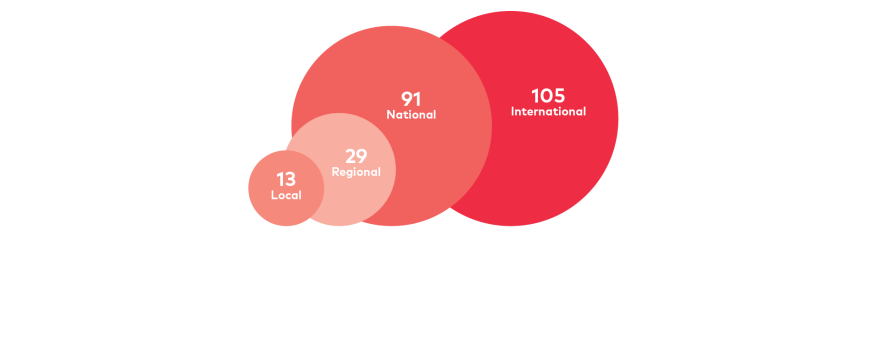Researchers do not only communicate through journals, books, and other scientific publications. They also inform the public about their work, its importance, and their findings. Effective communication can foster support and understanding for science, highlight its broader societal relevance, and pave the way for informed decision-making.
Every project we support is required to create a communication plan, and they all report on their communication efforts. These reports detail the methods used, primary target audiences, outcomes, and reach.
Dissemination activities by type

Dissemination activities by geographical reach

Dissemination activities by primary audience
